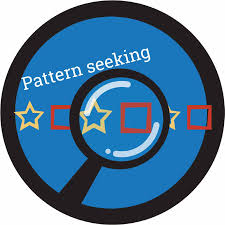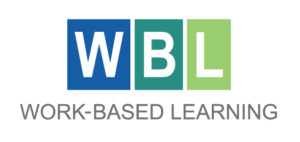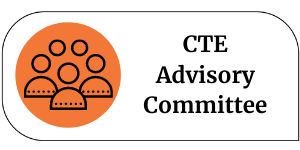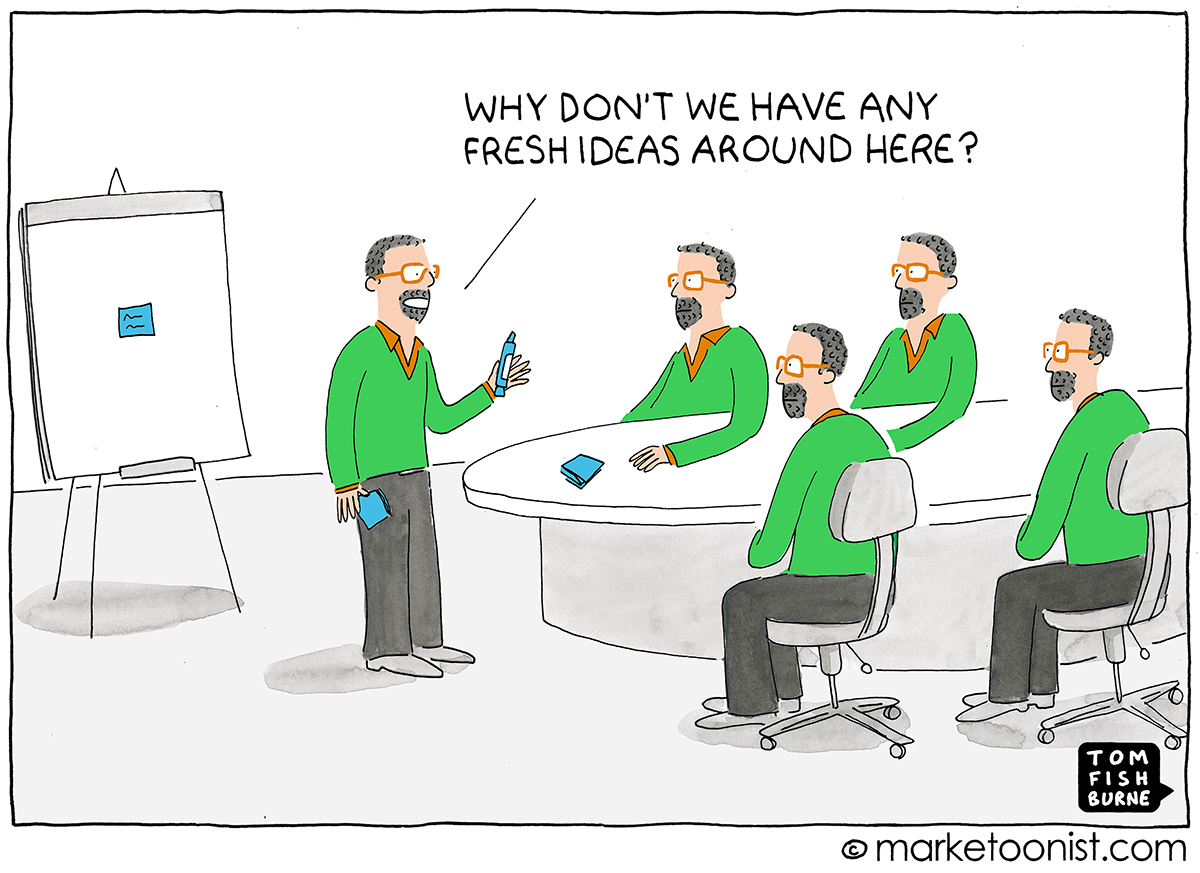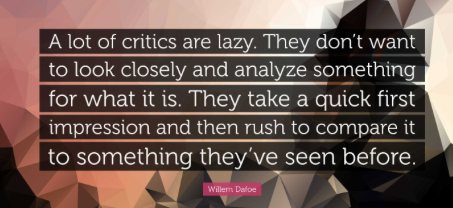
I am a Career and Technical Education (CTE) advocate because I have seen how participation in high-quality programs changes student lives toward a positive trajectory. I recently read with interest the article, The State of Career and Technical Education, in Charts. The article shared very positive statistics such as over 80% of U.S. high school student take at least one CTE course. The disaggregation of data displayed popular career fields, mainly in information technology, human services, and business. The data implies that schools need to show more success in enrolling students in low-enrollment careers such as engineering, construction, and health care. There are many reasons for the gaps, including student interest and the cost of programs. Also, remember that this is only at least one diploma credit. Another data set pointed out that many students earning post-secondary technical degrees did not follow that same career path in high school. The tone of this article implies that schools should promote more vital career pathways to prepare students for career fields that provide employment opportunities. That is an admirable goal but unrealistic.
A strength of the US secondary education system is diversity and choice. Students are not locked into a career path and can change interests as they grow and experience different careers. Career pathways and CTE in high school are good; however, we need more students taking more than one unit. A career pathway, in any career cluster, is a valuable learning experience, even if the student changes and follows a different career. The relevance of learning, hands-on projects, teamwork work, and developing essential behaviors learned in any CTE instruction is valuable learning. However, we should never push students to an early career pathway that becomes a tunnel to a specific job. Nor should the value of CTE be discounted when students shift to a different field, which wastes time and resources.
My experience in education is primarily built on observation and listening to students in hundreds of schools. I recall one student’s comment that insightfully described the value of CTE, even if it is not in the student’s ultimate career goal. Years ago, I visited the DeBakey School of Health Professions, , one of the best schools in the country. As a competitive entry magnet school, all students focus on health careers. I was interviewing senior students and asked about their career plans. These students did not simply replay becoming doctors or nurses; they already had their goals set in specific fields, such as pediatric oncology. However, one student indicated she was pursuing a career in automobile design. Surprised, I asked her if she wished she had chosen to attend a different school since she had spent time in patient career, health science, and research. She smiled and said, “No, I would still come to DeBakey. It is the best high school.”
CTE is an option in most U.S. high schools and benefits all students regardless of career goals. We should keep options and choices open for students and parents. Expanding student experiences in CTE will make high school more relevant and help students identify their interests and abilities. Career pathways, constructed well, create multiple paths for students and post-secondary education and are not a narrow tunnel to a mandated job.

